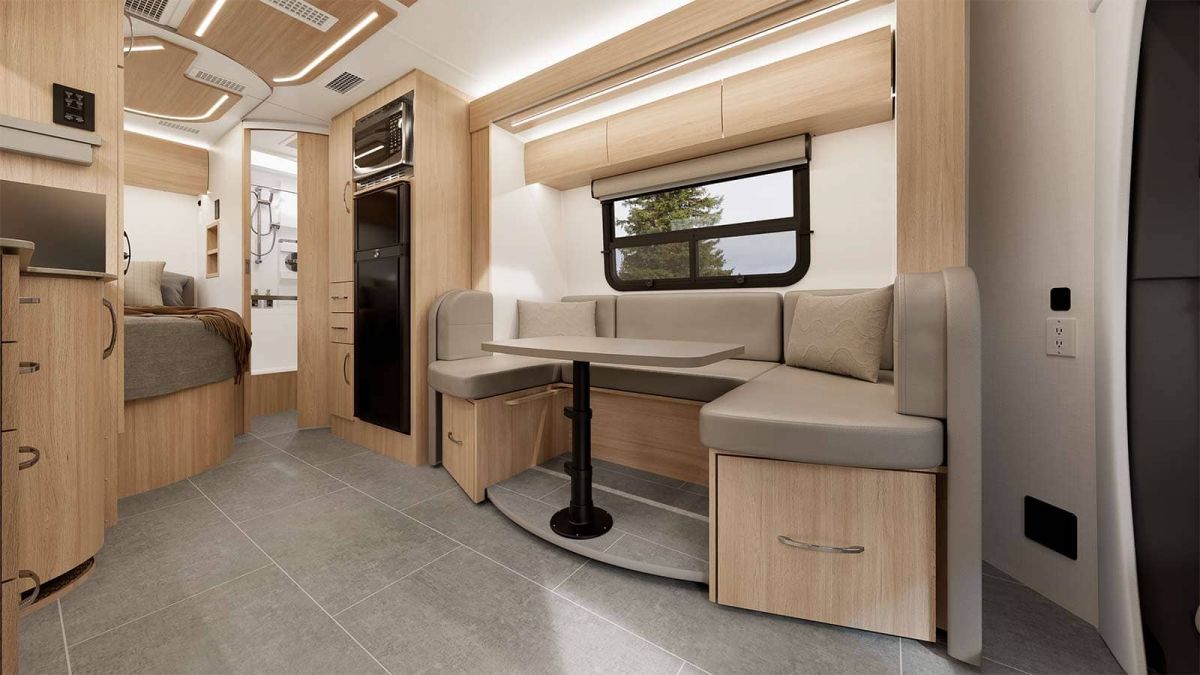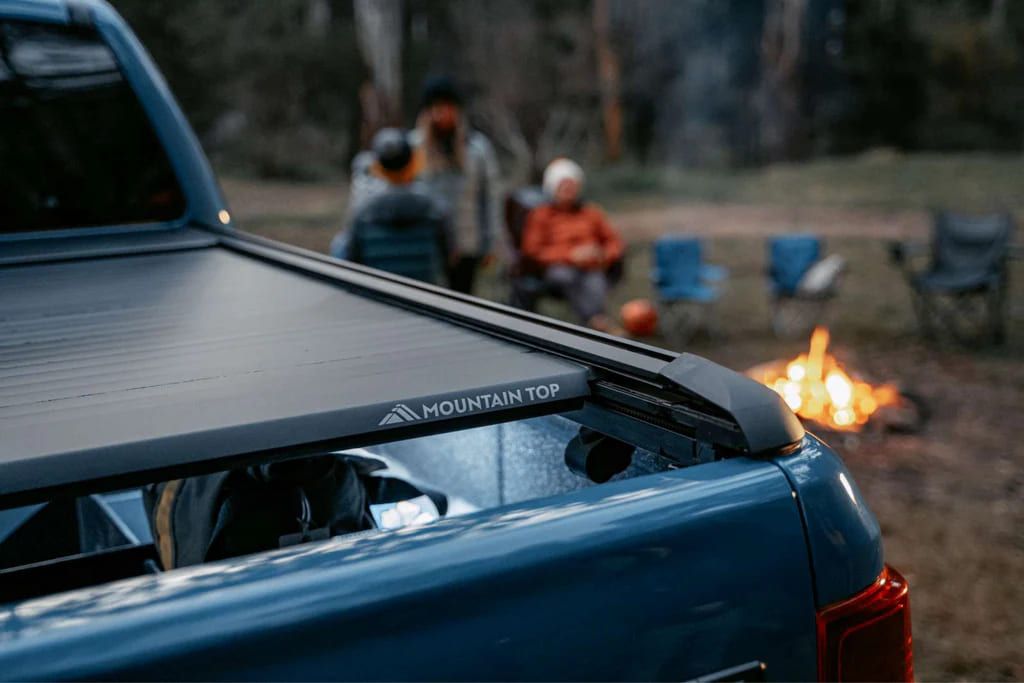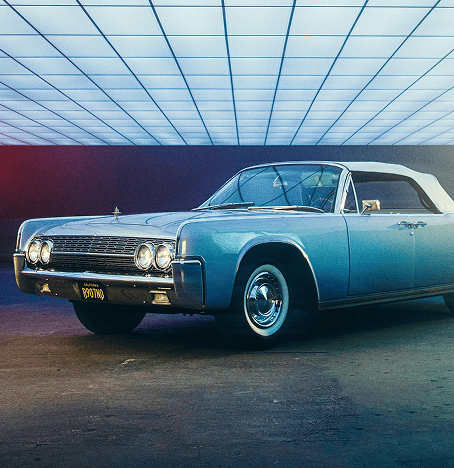Things to Pay Attention to When Buying a Used Pickup Truck

Used pickup trucks are what most of us will be looking at, it provides uswith a good alternative, a tough, flexible and impressive value for money. But buying a used pickup truck is not an easy process, and traps are everywhere. Hereare key things to keep in mind when shopping for a used full-size pickup truck.
1.Set a Budget
Start your search with a budget in mind. If you buy a car, include the cost of purchase, taxes, registrationfees, insurance, potential repairs, etc. Oravoiding overspending by sticking to a budget tohelp you narrow down your options.
2.Check Vehicle History
When purchasing a used pickup truck, a vehicle historyreport is needed. Services such as Carfax or AutoCheck can offer information about accidents, title status, mileage and maintenance history. Stay away from trucks with severe accident histories, flood damage or salvage titles; they can create major repair problems later.
3.Inspect Mileage
Mileage is not the only measure of a truck’s condition, but it’s a keyone. Low miles typically mean less wear, but high mileage isn't necessarily a dealbreaker if the truck was well maintained. Considermileage balanced with overall condition.
4.Do a Walk Around of the Outside and Inside
Examine the truck’s exterior for any rust, dents, scratchesor evidence of repainting, which could suggest previous harm. Inspect the bed for damage, since this is a major part of a pickup truck. Step inside and check for worn seats, cracked dashboards or inoperative controls. A clean interior is often indicative of how well the previous owner took care of the car.
5.Test Drive the Truck
Definitely take a test driveto get a feel for how the truck drives.Pay attention to how to starts, accelerates and stops. Above all, you need to pay attention to the abnormal noise, such as rattling or grinding, which means the problems. What’s more, you also need to check the transmission, suspension and four-wheel drive areas.
6.Check the Engine andUnderbody
Open the hood and check the engine for leaks, corrosion orfraying belts. Check the oil and coolant levels and look for signsof bad maintenance. If you can, get under it to look for any rust, damage or worn out parts like shocks and suspension parts that a mechanic can check.
7.Confirm Towingand Payload Specs
If you have a plan to use the truck for hauling goods, one thing must do is to check its towing and payload abilities. Do remember to check whether this truck can burden the weight you want it to tow or not. If you really care the towing ability, make sure it includes a working hitch and wiring harness.
8.Review Maintenance Records
Request maintenance documentation to ensure the truck was serviced regularly.A well-maintained truck includes routine oil change, tire rotations, etc. Not keeping records might mean neglect and could lead to issues down the road.
9.Negotiate the Price
There is usually room to negotiate onused pickup trucks. If you do decide to negotiate, use your research on the truck’s market value, condition and any needed repairs to agree on a fair price. Beready to walk away if the seller won’t agree to your offer.
10.Get aPre-Purchase Inspection
Even if the truck looks great, it’s worth it to hire a mechanic for a pre-purchase inspection. An expert can spot problems that might behidden, and will not show up in an informal inspection or drive.
11.Check OwnershipCosts
Lastly, you should think about the overallownership costs of the car. Research its fuel economy, insurance rates, parts availability.Do remember that some models are cheaper but more expensive to maintain at the same time. Therefore, you need to consider these aspects.
By referring all these aspects, you can find a suitable used pickup truck of high quality to meet your standards. Make the time, do the research, be bold enough to ask questions. A great used pickup truck can provide lots of reliability and fun foryears to come.
 Disclaimer:
Disclaimer:
The content provided on our blog site traverses numerous categories, offering readers valuable and practical information. Readers can use the editorial team’s research and data to gain more insights into their topics of interest. However, they are requested not to treat the articles as conclusive. The website team cannot be held responsible for differences in data or inaccuracies found across other platforms. Please also note that the site might also miss out on various schemes and offers available that the readers may find more beneficial than the ones we cover.
Related Websites
-
 Home & Garden
Home & GardenThe Modern Marvel: How Adjustable Beds Are Redefining Comfort and Wellness
For centuries, the idea of a bed was uncomplicated. It was a flat, stationary place for sleeping. And yet, today, technology has turned the essential piece of furniture into so much more than just a surface for putting your feet up on, and is now a weapon for health, comfort and well-being. The adjustable bed, a fixture for decades in hospitals, is making its way into the mainstream, with options available for a diverse number of wants and lifestyles. -
 Travel
TravelMust-See Attractions in Las Vegas
LAS VEGAS — shiny and sultry in the desert of Nevada, there is no other city that can compare to Las Vegas. Known for its elaborate casinos, huge name entertainment and giant experiences, it's a place where there's always excitement to be had. The action takes place on the notoriously debauched Las Vegas Strip, but there's more to the city than gambling and night life. Here's what to understand about some of the vital differences that do make Sin City one. -
 Home & Garden
Home & GardenEvolution and Essentials of RV Furniture: Comfort Meets Functionality on the Road
Fascination for life in the open road—among a weekend travel of nomadic full-timers—has made recreational vehicles an emblem of liberty and experience. However, beneath the romance of moving house to house on wheels is one crucial factor that influences the riches of life, RV furniture. Traditional home furnishings are not up to the wear and tear or space saving that we see in modern RV furniture. This is because, over time RV furniture design and technology has advanced greatly to the point that cramped, utilitarian interiors are now stylish, multi-functional living spaces.
Featured Articles
-
 Travel
TravelDriving Around Texas: Preparations and Suggestions
-
 Automotive
AutomotiveCadillac XT5: Redefining Modern American Luxury in the SUV Segment
-
 Automotive
AutomotiveWhy Choose SpeeDee Oil for Your Vehicle?
-
 Finance
FinanceChoosing the Best Financial Adviser: A Guide to Securing Your Financial Future
-
 Home & Garden
Home & GardenEvolution and Essentials of RV Furniture: Comfort Meets Functionality on the Road
-
 Travel
TravelBenidorm All-Inclusive Holidays Paradise-like Beach Experiences
-
 Travel
TravelNavigating the Skies: Essential Considerations for Private Jet Charter to The Bahamas
-
 Automotive
AutomotivePractical Benefits of a Truck Bed Cover








